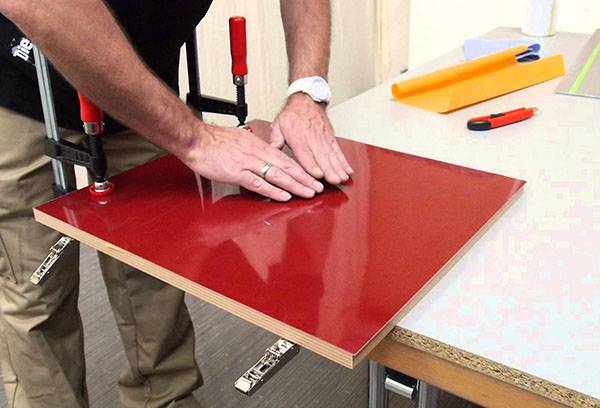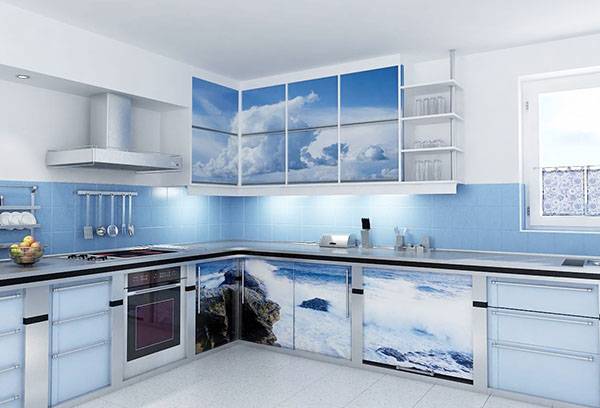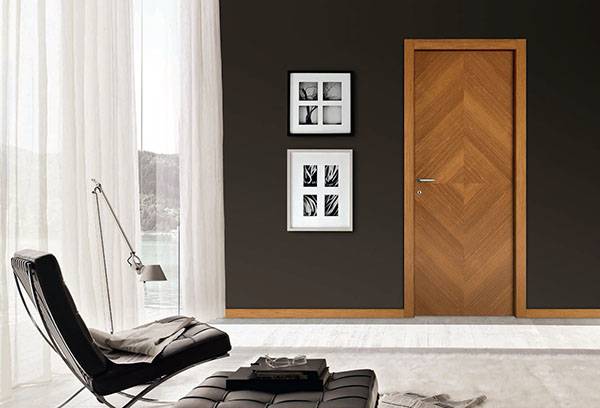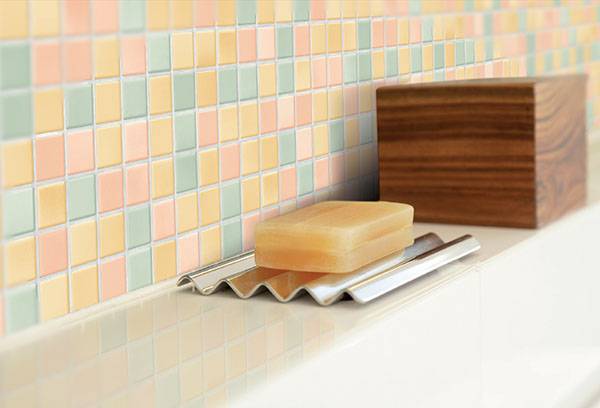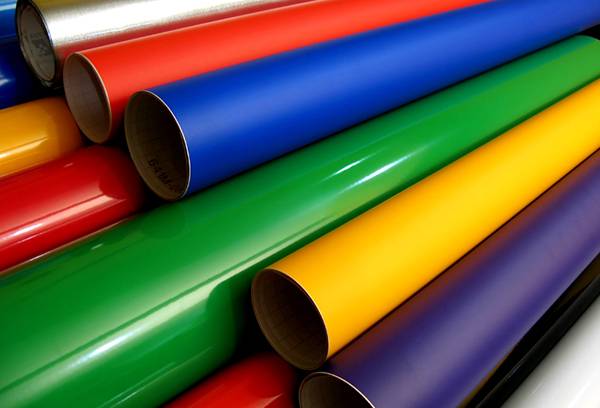Methods of using self-adhesive film to update furniture
There are situations when you need to give furniture a fresher look or protect doors, window sills, and walls from external influences. But what to do if there is no money or time to replace furniture and repairs? In this case, self-adhesive furniture film can help out.
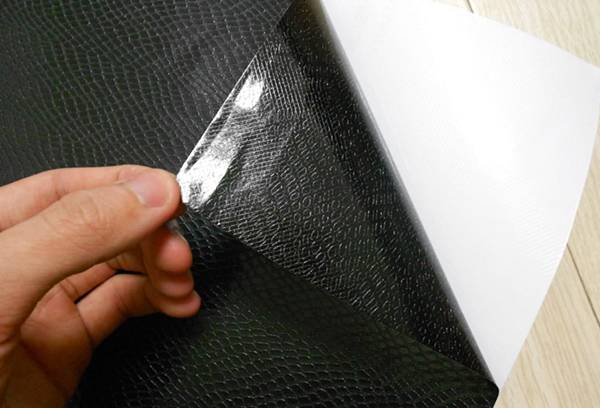
What kind of material is this?
Modern industry produces many variations of this material in a wide variety of colors and properties. In any specialized store there are more than five hundred colors and patterns of film for pasting furniture.
In its structure, this material consists of three layers:
- protective layer;
- superficial, or facial;
- adhesive base.
The surface layer on which images, ornaments or just paint are applied can be made of polymer, paper or foil. In any of these versions, the film for covering furniture acquires its own characteristic features, which allow it to be used successfully for any flat surfaces.
The protective layer is paper coated with silicone, and it simply protects the material before it is used. When the work on pasting the furniture is completed, it is removed, and the film itself is attached to an adhesive base consisting of acrylic or rubber.
Working with furniture
Having so many textures, patterns and colors, you can choose from them those that will make new furniture out of old and even give it some shine.
Pasting with film is not that difficult.To do this, you don’t need to have any special skills: just choose what you need, distribute the film over the entire surface of the furniture and get to work, that is, remove the protective layer and apply the adhesive base to the selected bases. Then smooth it thoroughly so that the layer adheres well to the wooden base.
This simple method of restoration will help refresh the interior of the kitchen, bathroom, hallway and even living room. This decorative film is applicable everywhere, is suitable for any flat surface and will look very interesting, giving an old item a completely different look.
Updating the kitchen interior
This place in an apartment or house is special. Changes in temperature, humidity and the use of cleaning products cannot be avoided here, which is why kitchen furniture quickly loses its original shine and charm. In this case, lamination of furniture facades is the best option. Self-adhesive film provides this opportunity.
It is also important that you can paste over not only furniture, but also walls and ceilings. Thanks to the properties of the adhesive base, the film adheres very tightly to the surface, it can be wiped with a damp cloth and even washed, which will keep the updated kitchen set in good condition.
Self-adhesive film for doors
You can make real works of art from well-worn interior doors using self-adhesive PVC material.
Important!
The advantage of acrylic-based glue - namely, it is applied to the back of the “self-adhesive” - is that the composition dries completely within a few hours. This means that you can re-glue everything if something goes wrong.But if the glue has already set and dried, then there is no way to separate what is glued; it is already practically a monolithic surface.
For doors, there are several types of imitation that perfectly decorate them and give them a special appearance:
- under the tree;
- under ceramic tiles;
- under veneer;
- marbled;
- under fleecy fabric;
- mirror surface;
- under a cork tree.
The range of self-adhesive polyvinyl chloride film allows you to choose any of these options. All that remains is to decide what is most suitable for your interior.
Self-adhesive wallpaper
Such wallpaper is a PVC film with a protective layer that does not allow the adhesive base to stick to the front side when the canvas is rolled into a roll. Before use, the protective layer is removed, the wallpaper is immediately pasted - and the adhesive layer adheres to the surface of the wall, door or other surface and soon completely hardens.
Such wallpaper is quite suitable in the kitchen and even in the bathroom. Manufacturers offer a large selection of self-adhesive sheets:
- based on fabrics, such as satin;
- with a high degree of sound insulation - these include cork;
- embossed leather-based - very expensive, but incredibly impressive;
- glossy;
- matte;
- “wooden wallpaper” is, of course, just a high-quality imitation.
Self-adhesive wallpaper can either imitate any texture or decorate the room with high-quality images - large-scale photos with the effect of additional space, landscapes, fantastic 3D.
Advantages and disadvantages
There is nothing ideal in the world - this axiom is obvious to anyone. Self-adhesive film also has its disadvantages, which are as follows:
- the film will repeat all the irregularities, so the surface must be absolutely smooth;
- it is impenetrable to air, that is, the surface under it, as they say, does not breathe;
- If a low-quality material is chosen, it may well shrink.
But many still choose self-adhesive film to decorate their home, based on its undoubted advantages:
- it is resistant to moisture;
- is durable;
- can last a long time;
- does not release toxins;
- Manufacturers offer a wide range of shades; you can choose a film with a pattern;
- no need to use additional means, such as glue;
- easy to apply to a wall or panel and secure there.
Self-adhesive film is an excellent material for updating furniture or introducing something new into a familiar interior. But in order not to become hostage to the negative qualities of this material, designers and decorators recommend not using it in large areas, but using it as a bright accent.
